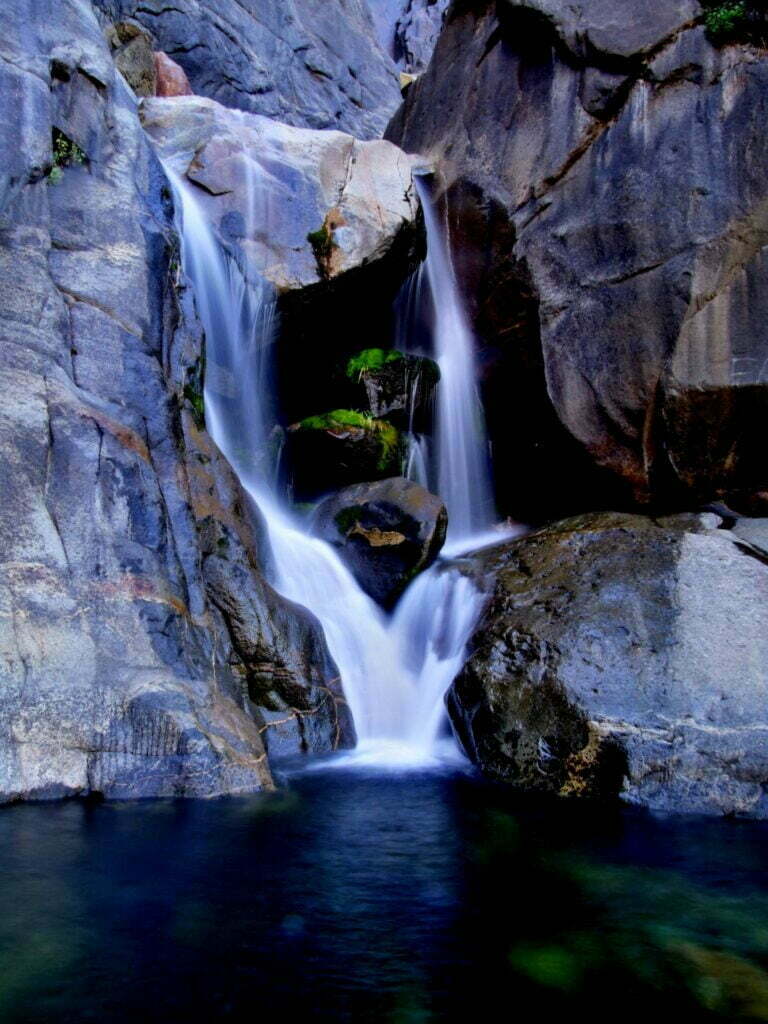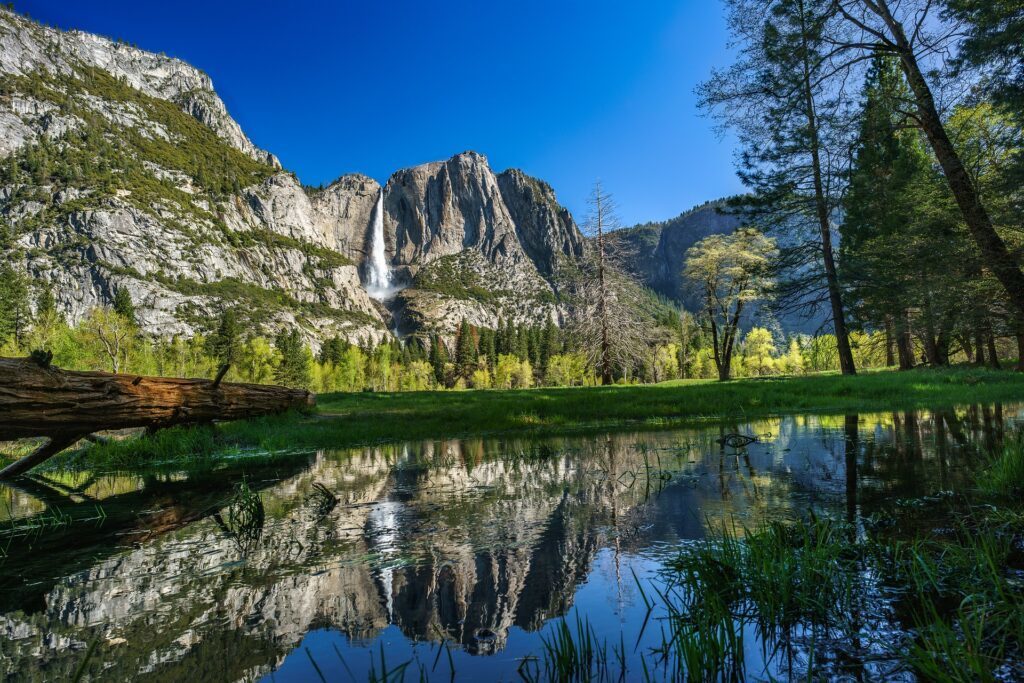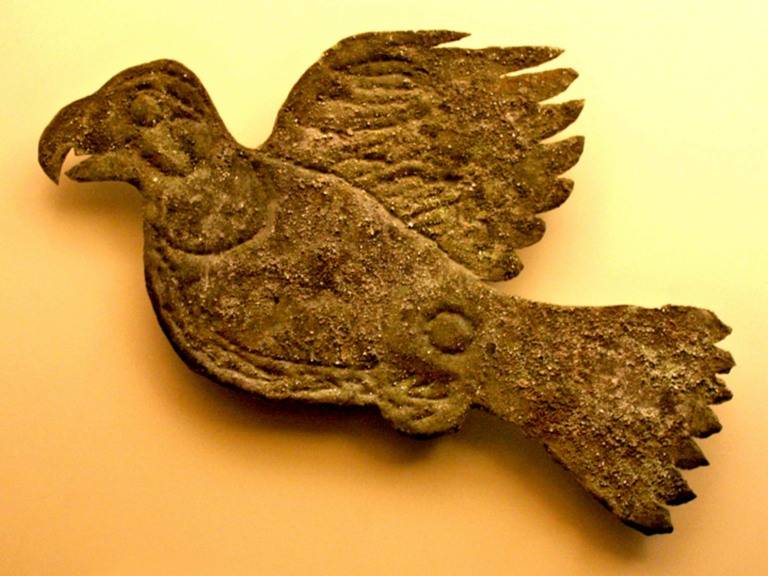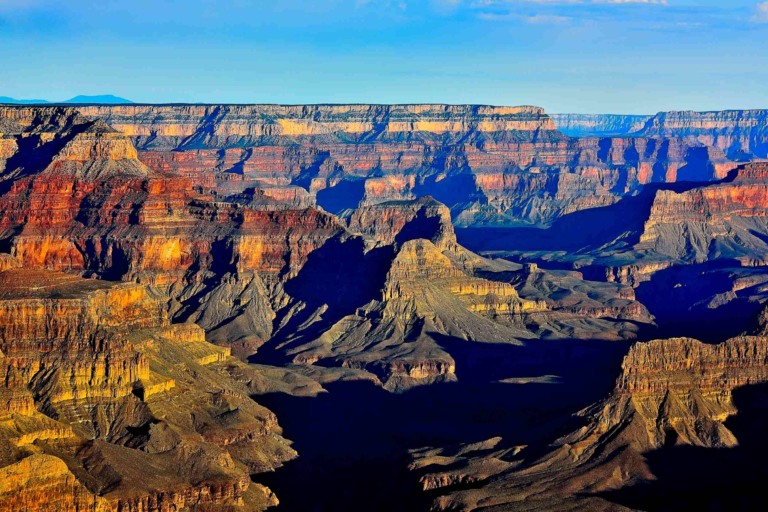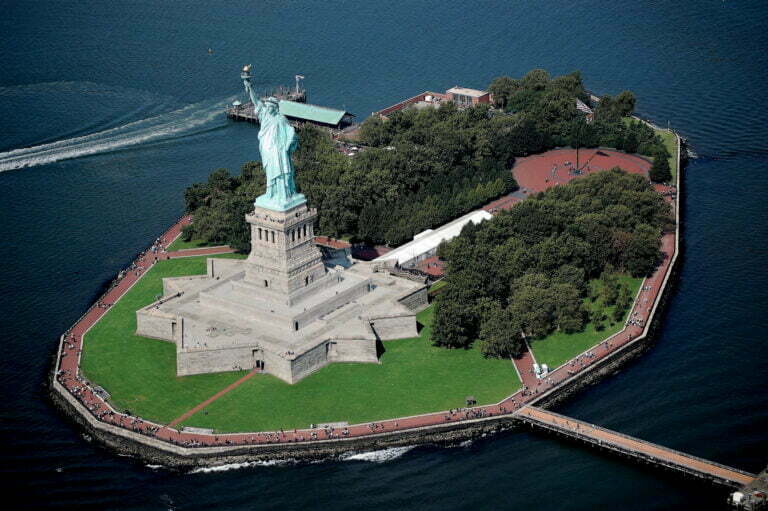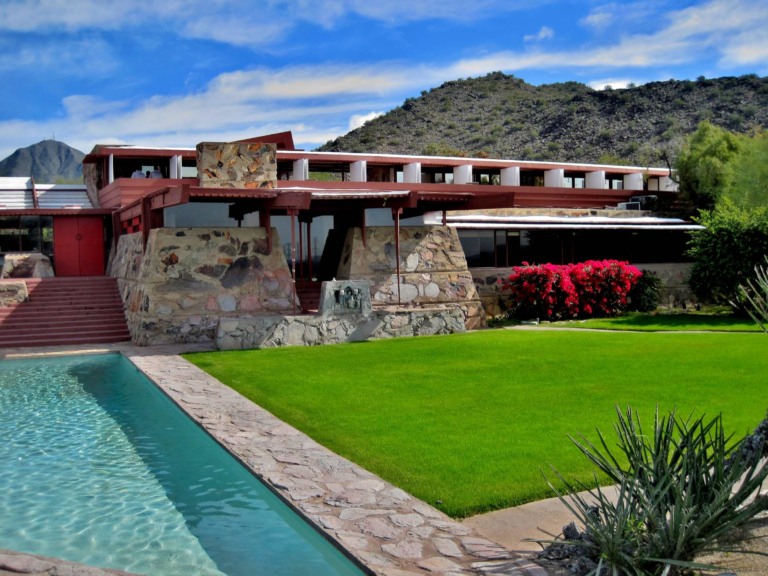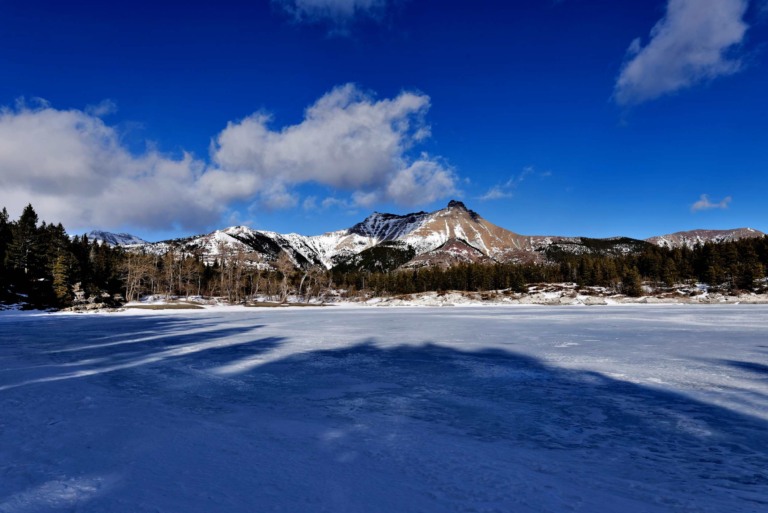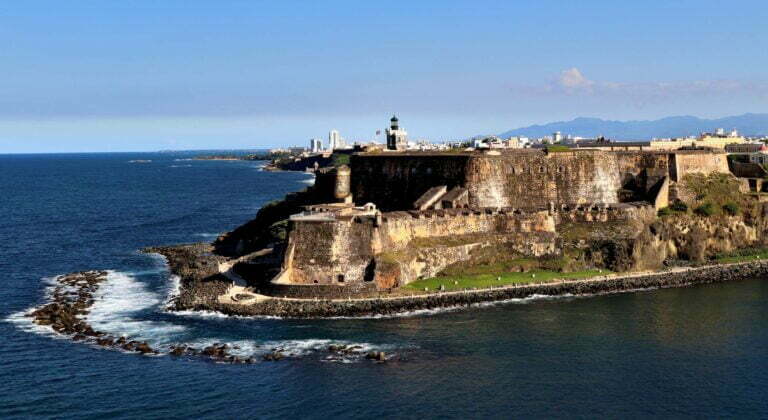Yosemite National Park in central California, USA, covers 1,189 square miles (3,080 square kilometers) in the Sierra Nevada range. Yosemite was first protected in 1864 and has been a UNESCO World Heritage Site since 1984.
Giant sequoia (redwood) groves with thousands of years-old trees, Yosemite Falls, Bridalveil Fall (620 ft or 189 m), and huge domes and peaks; the most famous of these is El Capitan, a granite buttress with an elevation of 7,569 ft (2,307 m) and a height of 3,600 ft (1,100 m) above Yosemite Valley’s floor.
Yosemite National Park History Facts
Yosemite National Park is a beautiful mountainous area in east-central California, the United States. It’s roughly 140 miles (225 kilometers) east of San Francisco and 100 miles (160 kilometers) southeast of Sacramento.
To the east, Devils Postpile National Monument is about 15 miles (25 kilometers), and to the southeast, Kings Canyon National Park is around 40 miles (65 kilometers).
The park is 1,189 square miles in size and is flanked on all sides by national forest holdings (3,080 square kilometers).
The park headquarters are located in Yosemite Valley at Yosemite Village, in the park’s west-central region.
Where is Yosemite National Park
Yosemite National Park is located in the center of the Sierra Nevada range, with most of it falling within the Merced and Tuolumne river basins. The ground rises from west to east, with a drainage split providing the eastern boundary.
The park’s largest peaks are mostly in the southeast, with many over 10,000 feet (3,050 meters); Mount Lyell is the highest peak at 13,114 feet (3,997 meters).
Yosemite National Park History
Glaciation has carved a number of deep U-shaped valleys, most notably the Merced River Valley in Yosemite.
The valley, which stretches for roughly 7 miles (11 kilometers) and is between 0.5 and 1 mile (0.8 and 1.6 kilometers) broad, is home to a variety of sights, including sheer rock cliffs rising 3,000 to 4,000 feet (900 to 1,200 meters) above the valley floor, Yosemite Falls, and massive domes and peaks.
El Capitan, a granite buttress near the valley’s western end that rises to 7,569 feet (2,307 meters) above sea level and towers 3,600 feet (1,100 meters) above the valley, is the largest of these domes.
Half Dome, which rises to an elevation of 8,836 feet (2,693 meters) and commands a spectacular view from its summit, overlooks the valley’s head.
Upper Yosemite Fall, Lower Yosemite Fall, and the cascades between them make up the famous Yosemite Falls; their total plunge of 2,425 feet (740 meters) is one of the world’s highest waterfalls. Bridalveil, Nevada, Ribbon, and Vernal Falls are among the valley’s other noteworthy waterfalls.
Yosemite National Park Weather
The climate of Yosemite is heavily impacted by its elevation and rugged terrain. Summers in the valley are hot, with high temperatures regularly reaching or exceeding 90 °F (32 °C), and afternoon thunderstorms are common, especially at higher elevations.
The winters are bitterly cold and snowy. Although winter daytime highs in the valley are frequently pleasant, temperatures at higher elevations are typically below freezing.
During the winter, precipitation is quite high and largely falls as snow; total annual precipitation in the valley is approximately 36 inches (910 mm), with snowfall averaging around 65 inches (1,650 mm).
Yosemite National Park Plants
The park’s plant life changes dramatically as you climb higher. Lower elevations have a variety of deciduous and coniferous trees, bushes, and meadows that bloom with wildflowers in the spring.
At the level of the Yosemite Valley, larger stands of conifers grow, including groves of big trees (giant sequoias), particularly at the Mariposa Grove in the southern part of the park; higher up, closer to the timberline, mountain hemlocks and lodgepole pines; and still higher, rocky alpine areas support only cold-tolerant species like lichens.
What is Yosemite National Park Known for
The park’s animal life is diverse and abundant. Mule deer, black bears, coyotes, mountain lions (pumas), and the rare and endangered Sierra Nevada bighorn sheep (Ovis canadensis sierrae) are among the large mammals.
The majority of the smaller animals, which include the uncommon and endangered Pacific fisher, are squirrels, chipmunks, and bats (Martes pennati pacifica).
More than 250 bird species have been sighted in the park, with 165 species residing or visiting on a regular basis and the others seen only on rare occasions.
Steller’s jays, western meadowlarks, and mountain bluebirds are among the more common birds seen.
There are also amphibians (such as salamanders, toads, and frogs), lizards (such as western pond turtles), and fish populations (especially trout).
Yosemite Travel
Poachers may have arrived in Yosemite Valley in the 1830s, and a miner called William Penn Abrams is said to have arrived in 1849 at Inspiration Point (near the valley entry).
After a California armed militia force drove raiding Native Americans into the valley in 1851, the valley became famous around the world.
Soon after, settlers arrived, including business people who put up hotels for guests arriving on horseback or on foot over steep, rocky trails.
The publication of lithographs of sketches and paintings by artists such as Thomas Hill, as well as pictures by Carleton E. Watkins, sparked an interest in Yosemite.
Concerns about the impact of the surge of individuals on the natural environment led to requests for the federal government to safeguard Yosemite Valley and the Mariposa Grove, which it did in 1864 by establishing the creation of a state park there.
In the mid-1870s, wagon roads were built to the park’s northern and southern edges, and by 1885, the park had 3,000 visitors per year.
What state is Yosemite in
The United States Congress established Yosemite National Park in 1890, partly due to the efforts of naturalist John Muir and writer and magazine editor Robert Underwood Johnson.
Muir persisted in urging the federal government to acquire all of the parks, and President Theodore Roosevelt paid him a visit in Yosemite in 1903.
The state park territory was eventually integrated into the national park in 1906. Other land lots were then added until the park reached its current size.
In 1907, a railroad was built to the park’s west end (which was decommissioned in 1945), and the number of visitors skyrocketed, topping 15,000 in 1914 and more than doubling the next year.
In 1940, annual crowd numbers surpassed half a million, and in 1954, following a hiatus during World War II, they exceeded one million for the first time.
Most tourists to Yosemite today enter the park either through one of two road entries on the west side or through the Mariposa Grove on the south side.
Nevertheless, an east-west road (closed in winter) separates the park and links it to an east-side entry at Tioga Pass across the Sierra Nevada’s ridgeline.
Yosemite is one of the most popular national parks in the country, with yearly attendance exceeding three million in the late 1980s and continuing to rise.
During the summer, Yosemite Valley, in particular, is extremely packed. Due to severe traffic and a shortage of parking, a shuttle bus system was built to transfer people across the valley.
Yosemite hotels
In the year 2000, a plan was approved to improve conditions in Yosemite by repairing degraded natural areas, increasing bus service, and updating hotel facilities.
In addition to roughly 1,500 campsites in about a dozen campgrounds administered by the national park administration, there are many privately operated hotel facilities in the park, most of which are located in the valley.
Yosemite camping
Yosemite’s hundreds of miles of paths are popular for hiking, and thousands of climbers annually summit the domes and peaks.
The Pacific Crest National Scenic Trail runs through the park’s northeastern section, where it is joined by the John Muir Trail, which has its northern end at the head of Yosemite Valley.
Rafting is authorized on parts of the Merced River. To the south of the valley, the Badger Pass Ski Area is a winter activity center.
There are two visitor centers in Yosemite Valley: one open all year and one accessible seasonally near the Tioga Pass entry in the eastern part of the park.
Exhibits about the area’s native Miwok and Paiute peoples can be found at the Yosemite Museum, which is located in Yosemite Village in the valley.
